Do you know what is glissade in ballet? This movement is an essential ballet step, and it’s usually used as a preparation for jumps and leaps. So, if the glissade is done correctly, it helps to do jumps. This is why it’s key to do this movement well.
On the other hand, glissade is a terre a terre step and is used to link other steps.

Table of Contents
What does the term Glissade mean?
Glissade means “sliding” in French. Just like almost all ballet movements, the word is still used in French since it was in France where ballet steps began to be codified.
How do you do a ballet Glissade?
You can do this pas in different ways, but it always starts and ends in a demi plie. Basically, it consists of shifting the weight from one leg to another. In preliminary education, it is usually done without a change of leg. This is the way we will explain below:
1) Place your feet in the 5th position with your right leg forward.

2) Do a demi-plie and slide your right leg across the floor in 2nd position with your toes wide.
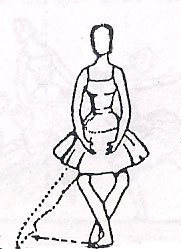
3) Once you have stretched your leg and foot as far as possible, lift your right foot a few inches above the floor.
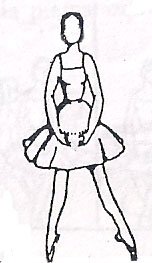
4) With a small jump, land on your right foot in demi plie, taking all your weight on it. Then, slide your left foot on the floor, placing it behind your right foot in demi plie. Make sure your right foot is in front of your left foot in the fifth position.
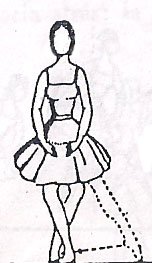
As we said before, the glissade begins and ends with a plie. The last plie helps the next jump, and therefore the glissade is the best preparation for the jump, replacing the preparatory run.
When a glissade is used as an auxiliary step for small or big jumps, it is done with a quick movement on the upbeat. Glissades are done with or without a change of feet, and all begin and end with a demi-plié.
If you usually use the glissade as a help pass to prepare for a big jump, open your arms to the side in 2nd position. Then close your arms in the preparatory position, accompanying the movement of your legs. This way, you can gather momentum to do the next jump.
Learn the basic positions and movements here:
Different ways to do the Glissade in ballet
You can also do the glissade with a change of foot. That is, if you start in the fifth position with your right foot in front, you finish in the fifth position with your right foot behind.
To go into more detail, there are 6 types of glissade: forward, backward, dessus, dessous, derrière, devant. The difference between the glissade types is the start and end positions as well as the direction.
Without changing foot: In the Glissade Devant, you don’t change foot, and the initial foot is in fifth in front. In the Glissade Derriere, you don’t change feet either. But the starting foot is in fifth behind.
Changing foot: In the Glissade Dessous, you have to change your foot. The starting foot is in fifth in front and finishes in fifth behind. In the Glissade Dessus, on the other hand, he also changes feet but the starting foot is in fifth behind.
Different directions: You can do it forwards and backwards. In this case, it simply refers to doing it forward or backwards instead of sideways.
How to do the Glissade on pointe?
1) Stand with your feet in the 5th position with your right leg forward.
2) Execute a demi plie, and slide the butt of your right leg out to the side.
3) Rise up on pointes on your right leg, quickly bringing your left leg up on pointes as well, in 5th position.
4) Finish the step with a demi plie.

In the following video, you can see the glissade combined with jeté.
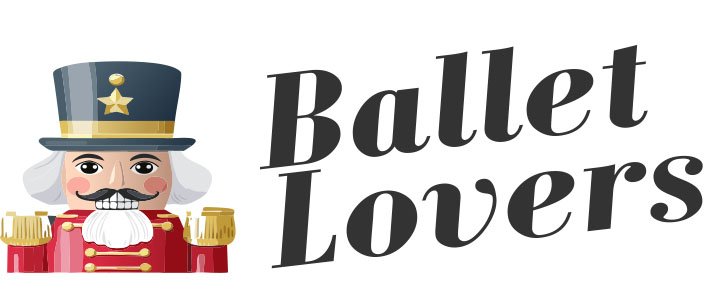



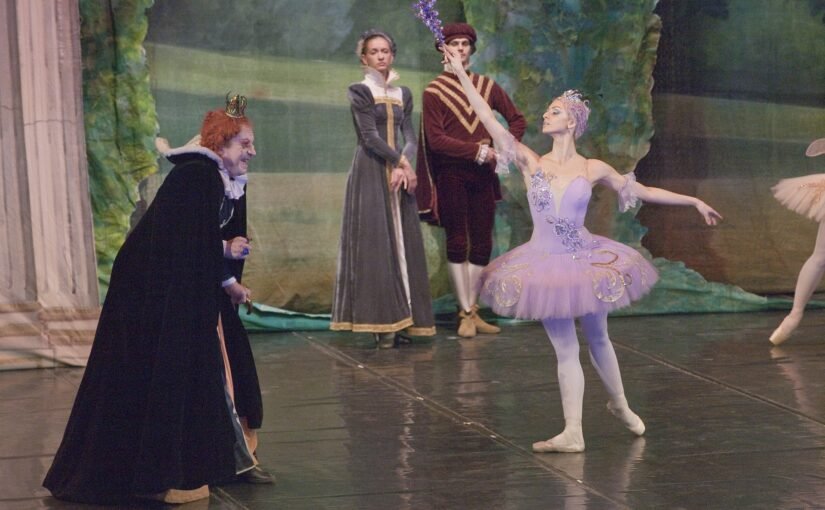
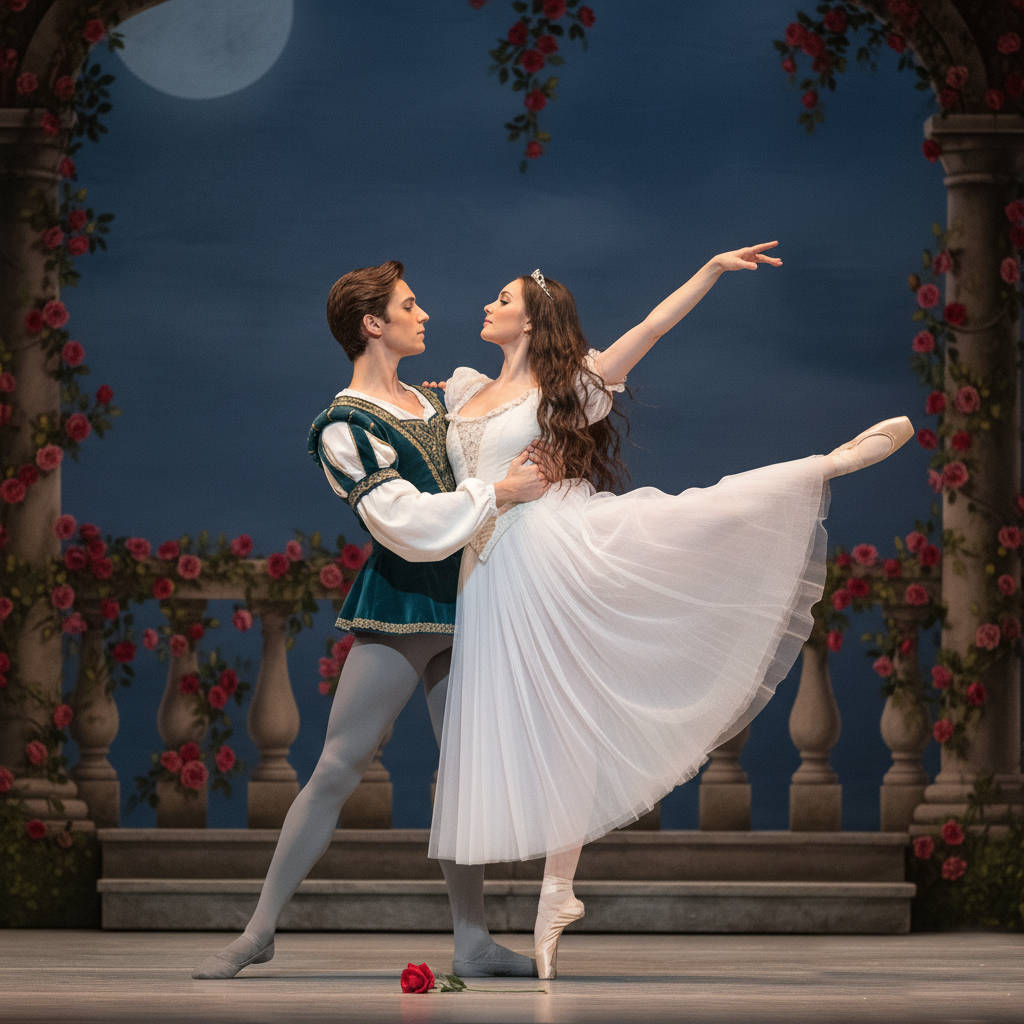
Leave a Reply